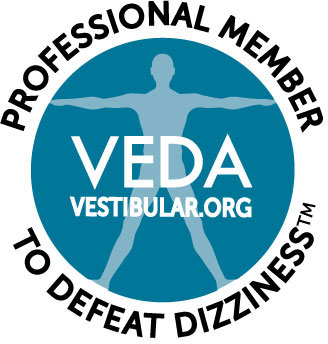Do stationary objects in your line of sight sometimes appear to be moving? Do images in your visual field appear mildly blurred, or do they seem to be jumping around? If you have shaky or blurred vision, you may be experiencing oscillopsia, a neurovisual condition that can impact almost every aspect of your life if left untreated.

At Neuro Visual Center of New York, we have many years of experience treating patients with oscillopsia. Using our state-of-the-art technology, we can perform a highly specialized test to determine the root cause of your oscillopsia, which will guide our treatment plan. In today’s post, we explain what oscillopsia is and how we treat it.
Understanding Oscillopsia
Oscillopsia is the sensation that the visual world around you is fundamentally unstable. If you are driving around in a car, signs on the side of the road will appear to be moving or jumping around. Even if you’re sitting still and happen to move your head a bit, the world around you will appear to shake or jolt. This condition can cause significant distress and anxiety, and can compromise your general quality of life.
There are two types of oscillopsia: permanent and paroxysmal. Permanent oscillopsia occurs due to a misalignment in your eyes, while paroxysmal oscillopsia often results from an abnormality in your vestibular system, which controls your sense of balance.
The main symptoms of oscillopsia are that objects in your visual field appear to jump, blur or shake when you move, or sometimes even when you’re standing still. Simply moving your head is enough to trigger the visual instability, but bigger movements like walking, running or driving in a car can be particularly disorienting for patients with this condition.
Oscillopsia and Vertical Heterophoria
Vertical heterophoria (VH) is a condition that results from a misalignment in your eyes, which causes you to see images unevenly—e.g., your left eye might perceive an image to be slightly higher than your right eye perceives it. Your brain rejects double images, so it forces your extraocular muscles, the tiny muscles that control the movement of your eyes, to correct the misalignment so one clear image is transmitted.
The work of constantly having to correct the misalignment in your eyes can cause your ocular muscles to become strained and fatigued, which leads to a number of symptoms including headaches and dizziness. It can also cause oscillopsia and related symptoms of blurred or shaky vision.
Our Diagnosis and Treatment Process
During a two-hour exam, we will use our state-of-the-art equipment to look for the tiny misalignments in your eyes that are indicative of VH and oscillopsia. We use special aligning prismatic lenses to treat these conditions. Unlike typical eyeglass lenses, which correct refractive errors such as nearsightedness or farsightedness, our aligning prismatic lenses correct the misalignment in your eyes that is putting the strain on your extraocular muscles. This treatment can dramatically reduce or even completely eliminate symptoms.
For more information on VH and oscillopsia, or to schedule an appointment, call the Neuro Visual Center of New York today at (516) 224-4888.





